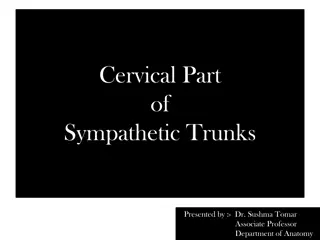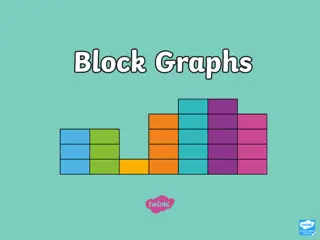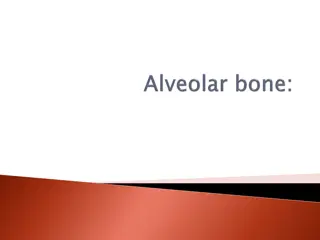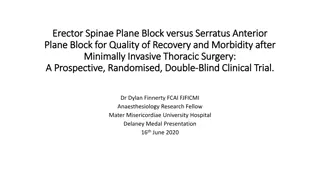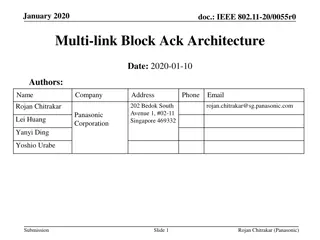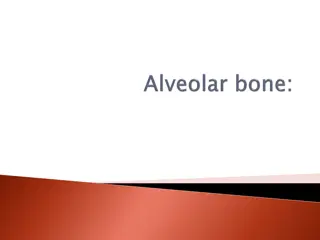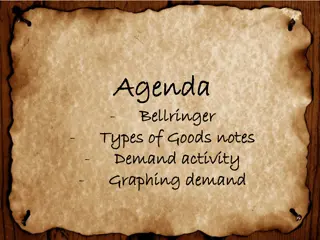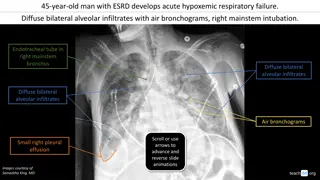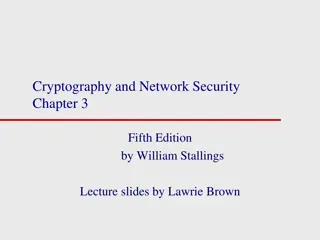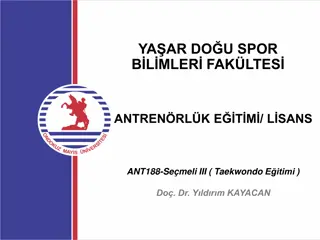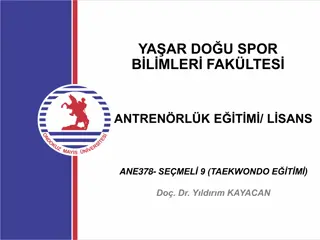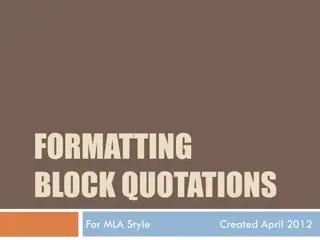Inferior Alveolar Never Block
Inferior alveolar nerve block is a crucial dental procedure for providing local anesthesia to the mandible and lower lip/chin. This guide covers the definition, indications, contraindications, equipment needed, and procedure, along with potential complications. With detailed illustrations and step-by-step instructions, it serves as a valuable resource for dental professionals.
Download Presentation

Please find below an Image/Link to download the presentation.
The content on the website is provided AS IS for your information and personal use only. It may not be sold, licensed, or shared on other websites without obtaining consent from the author.If you encounter any issues during the download, it is possible that the publisher has removed the file from their server.
You are allowed to download the files provided on this website for personal or commercial use, subject to the condition that they are used lawfully. All files are the property of their respective owners.
The content on the website is provided AS IS for your information and personal use only. It may not be sold, licensed, or shared on other websites without obtaining consent from the author.
E N D
Presentation Transcript
StudyMafia.Org Inferior Alveolar Never Block Submitted To: Submitted By: Studymafia.org Studymafia.org
Table Contents Definition Introduction Indications Contraindications Equipment Needed Procedure of inferior alveolar nerve block Complications of inferior alveolar nerve block Conclusion 2
Definition Inferior alveolar nerve provides sensation to all of the teeth on the ipsilateral side of the mandible as well as the lower lip and chin via the mental nerve. 3
Introduction The inferior alveolar nerve block, a common procedure in dentistry, involves the insertion of a needle near the mandibular foramen in order to deposit a solution of local anesthetic near to the nerve before it enters the foramen, a region where the inferior alveolar vein and artery are also present. 4
Indications Dental pain Dentoalveolar trauma Dry socket Periapical abscess. Need to perform painful procedure on mandible or lower lip/chin 6
Contraindications Infection overlying injection site Allergy to local anesthetic being used 7
Equipment Needed Topical anesthetic Block performed from contralateral side. Consider soaking Gauze/Cotton in lidocaine to be placed at injection site Local anesthetic 5-10 mL syringe Blunt fill needle 25-27ga needle 8
Procedure of Nerve Block Place patient in seated position or in dental chair so that when his mouth is open, the mandible is parallel to the floor Place yourself on the opposite side of the the site being injected Consider Topical Anesthetic with lidocaine soaked gauze 9
Procedure of Nerve Block Injection Palpate the retromolar fossa with your thumb Place the index finger of the same hand externally over the ramus of the mandible retracting the tissues toward the buccal aspect Visualize the pterygomandibular triangle. 10
Procedure of Nerve Block Injection Hold the syringe parallel to the occlusal surfaces of the teeth and angle so that the barrel lies between the 1st/2nd premolars of the opposite side If a large syringe is being used, consider bending the needle 30 degrees for this approach 11
Procedure of Nerve Block Injection Puncture with the needle 1cm above the occlusal surface of the molars Advance the needle until bone is felt Inject 1-2cc Injecting as your withdraw has the added benefit of including the lingual (ant 2/3 of the tongue) 12
Complications of Nerve Block Inadvertent injection of the parotid gland (may iatrogenic Bell's Palsy). Occurs when bone is not felt during the initial approach. Redirect needle anteriorly until bone is felt Carotid sheath injection (Horner's from stellate ganglion blockade) 13
Complications of Nerve Block Carotid artery puncture If the needle enters too low (at the level of the teeth), the anesthetic will be deposited over the bony canal that house the mandibular nerve and not over the nerve itself Bleeding Pain Infection 14
Conclusion The inferior alveolar nerve block, a common procedure in dentistry, involves the insertion of a needle near the mandibular foramen in order to deposit a solution of local anesthetic near to the nerve before it enters the foramen, a region where the inferior alveolar vein and artery are also present. 15
References Google.com Wikipedia.org Studymafia.org Slidespanda.com
Thanks To StudyMafia.org



